How to follow up after an interview
You had a great second interview. You answered all of their questions well and had a few of your own that gave you a great idea of what your future work environment would be like. It’s been a week and you’re currently checking your emails every few seconds and snatching your up phone every time it rings. Yep, you’re in post-interview limbo and you’re wondering how soon is too soon to get in touch and what exactly you should say.
Take a look at our guide to the post-interview follow up.
Why you should follow up after an interview
Firstly, if your interview was yesterday. Stand down. After all, while the hiring of a new employee is important, it’s unlikely to be the only thing the hiring manager has to do this week.
Having said that, a follow-up email can be an effective way to put you back in the forefront of your interviewer’s mind.
This doesn’t necessarily mean it’ll land you a job, but it could be a factor, and it could also set a good impression should another opportunity arise within the company.
How to follow up after an interview
After a job interview, there are a couple of ways that you can follow up in a professional manner.
Firstly, we’d recommend always sending a follow-up email to thank the interviewer and the company for their time and the opportunity to demonstrate your skills and professionalism during the interview process. Sending a thank you email two or three days after your interview further demonstrates your maturity and manners even outside of the formal interview process.
Secondly, you may choose to send a follow-up email if you don’t hear back within the timeframe they provided for you.
Keep the email short and polite, expressing your continued interest in the role as well as asking if there are any updates on the recruitment process.
If their response is a negative one, remain professional and again thank them for their time. If there is no response, don’t take it personally. Recruiters are usually busy people, and the email has likely been missed, but you can take this to mean that you were unsuccessful.
We’ve got a whole guide on how to ask for feedback after an interview that you should check out to avoid any post-interview faux pas.
When to send a follow-up email?
A general rule of thumb would be at least a week after you heard from the recruiter or two days after they said they’d be in touch. This will help you to avoid seeming overly keen or anxious.
Don’t forget, the process does take time, it’s quite possible that senior managers have a number of items on their to-do list and unfortunately, the hiring process can occasionally fall behind more business-critical issues. The best way to avoid the frustration is to keep looking for jobs and keep attending interviews. There are all sorts of factors that go into the decision-making process and the more jobs you apply for, the higher your chances of landing your dream role.
The initial “thank you” email
Once your interview is over, it can be tempting to kick back and relax. The hard part is over now, right? Well, yes, but there are unwritten rules for the follow up process. Sending a simple “thank you” email is common courtesy. This email could go to the hiring manager or, if you went through a recruitment agency, the recruiter. By sending a quick, digital note, you illustrate your passion and enthusiasm for the role which, as any recruiter will tell you, is a huge yes in the eyes of potential employers.
Keep it short and sweet. There’s no need for a long letter that details what you loved most about the work canteen and reiterating why your skills are perfectly suited for the role, that’s not what this is. A few simple sentences that show the following will stand you in great stead.
1. Enthusiasm for the role
2. Appreciation for your interviewer’s time
3. Gratitude for the chance to learn more about the position and the company
Be sure to maintain an air of professionalism. You may have built rapport during the interview but now isn’t the time to refer to your hiring manager as ‘babe’ or ‘mate”! And by this token, keep your correspondence to email. A LinkedIn private message implies overfamiliarity (more on that later) and a hand-written letter, while personal, might take a week to arrive!

Our example post-interview thank you email
Dear [Name],
Thanks for taking the time to talk with me yesterday. It was great to hear more about the [job title] and to learn a little about the company culture. I was really impressed by [aspect of job or company that made you feel enthusiastic about working there].
Our conversation cemented my enthusiasm for the role at [the company] and I’d love to help you to achieve [goals or missions outlined in interview process]. I look forward to hearing from you.
Best wishes,
[Name]
Great work – you’ve cemented your enthusiasm and shown gratitude for the process and now the wait begins. You may get a response to your “thank you” email outlining when they’re likely to make a decision and you may not, recruiters are busy people, after all
The follow-up email
Step 1: Who to send your email to
Follow up with the person that you’ve had the most contact with. Your potential line manager may have been in the interview room but if all of your correspondence has been with the HR representative then this is who you should send your email to.
Step 2: The subject line
The subject line is probably the most important element of any email. It’s the difference between an email being opened or not (just ask any marketer) and it should immediately convey what the email is about and why they should open it. That being said, don’t overthink it, just include pertinent information.
E.g. “Interview for social media role on Tuesday 12th”
Step 3: The body of your email
Once your subject line is in the bag then it’s time to fill in the body of your email.
1. Greet them by their first name.
2. State that you’re following up and the job you interviewed for – include the job title and date of interview.
3. Reiterate that you’re keen on the position, enthusiastic about what you learned and eager to hear about next steps
4. Ask for an update. Tell them any info would be appreciated.
5. Finish with a thank you and say that you’re looking forward to hearing from them.
6. Sign off with your first and last name
7. Keep it succinct and to-the-point.
8. Proofread the email before sending. Don’t risk having a mistake in your email.
It can be tempting to overcomplicate matters but aim to keep your email to the point. State what you want (i.e. an update on the status of the role) and thank them for their time. It really is that simple. There’s every chance that you’ll receive a response saying they’re still working on a decision and you can know in a certain timeframe. Or, you might just get an update as to whether or not you got the job.

Tips for how to follow up after an interview
Be sincere
This should go without saying but when you draft an email to thank the interviewer for their time, it pays to be genuine. It’s tempting to copy and paste the same email for every interview or to copy the first template you find on google but a little authenticity goes a long way. Be sure to tailor your email to the specific job interview so they know that the email is genuine. Similarly, don’t be too enthusiastic. It can be tempting to put an exclamation mark at the end of every sentence and claim that this was the best day of your life but, let’s face it, this is a job interview.
Thank them for their time and show some genuine enthusiasm and the reader will appreciate the effort you’ve gone to.
Be patient
Playing the waiting game after an interview you really want can be frustrating but remember that the hiring manager probably has 10 things on their to-do list besides “offer that great interviewee the job”. Being overzealous with your requests for info could work against you.
Send a follow-up after a rejection
This is a tough one, no one likes rejection but a thank you letter shows that you’re polite, courteous and a good applicant. If you like the company and the people you met, then you can take the time to say that you’d happily be considered for another role. The level of professionalism matters and could mean that you receive an email further down the line asking to be seen again. It pays to stay in with companies that you’d like to work for.
Don’t head straight to LinkedIn
LinkedIn is an excellent platform for connecting with business contacts. In the right setting, it can be a great way to network with people in your industry (sometimes even those you haven’t met yet) but adding your interviewer immediately is not a good look.
It shows an overfamiliarity that probably won’t be welcomed just yet. Once you get the job of course, connect away, but for now steer clear. The same goes for other social media channels such as Facebook and Twitter.
Now is the time to keep things strictly professional.
Carry on job hunting after the interview
It’s hard to know precisely what a hiring manager is looking for and even if you think you did a great job and fit the bill perfectly, there could be another candidate who has more of what they’re looking for.
Don’t put all your eggs in one basket and if you’re looking for your next position then keep your search going until your new job is a certainty.
Spell check your communications
Just imagine it, you aced the job interview for copywriter and you’re down to the final two but then you send a follow-up email using the wrong “you’re”! We all make mistakes occasionally but now is not the time. Use spell check and carefully read your email through before you send.
Don’t criticise the hiring process
Even if you’re disappointed in the result, or you feel that the hiring process wasn’t carried out in a professional manner, you should avoid criticising the hiring process in any communications with the company.
Not only is this hugely unprofessional, but it could significantly impact your career opportunities because recruiters, even internally, discuss candidates and their attitudes.
This goes for your public communications too. Don’t jump straight on social media to complain about the hiring process. Even if you’re not naming anyone, it won’t impress potential employers in the future.
Click here for the latest news and features from SEFE or visit our homepage to find out about our latest career opportunities.
The views, opinions and positions expressed within this article are those of our third-party content providers alone and do not represent those of SEFE. The accuracy, completeness and validity of any statements made within this article are not guaranteed. SEFE accepts no liability for any errors, omissions or representations.







